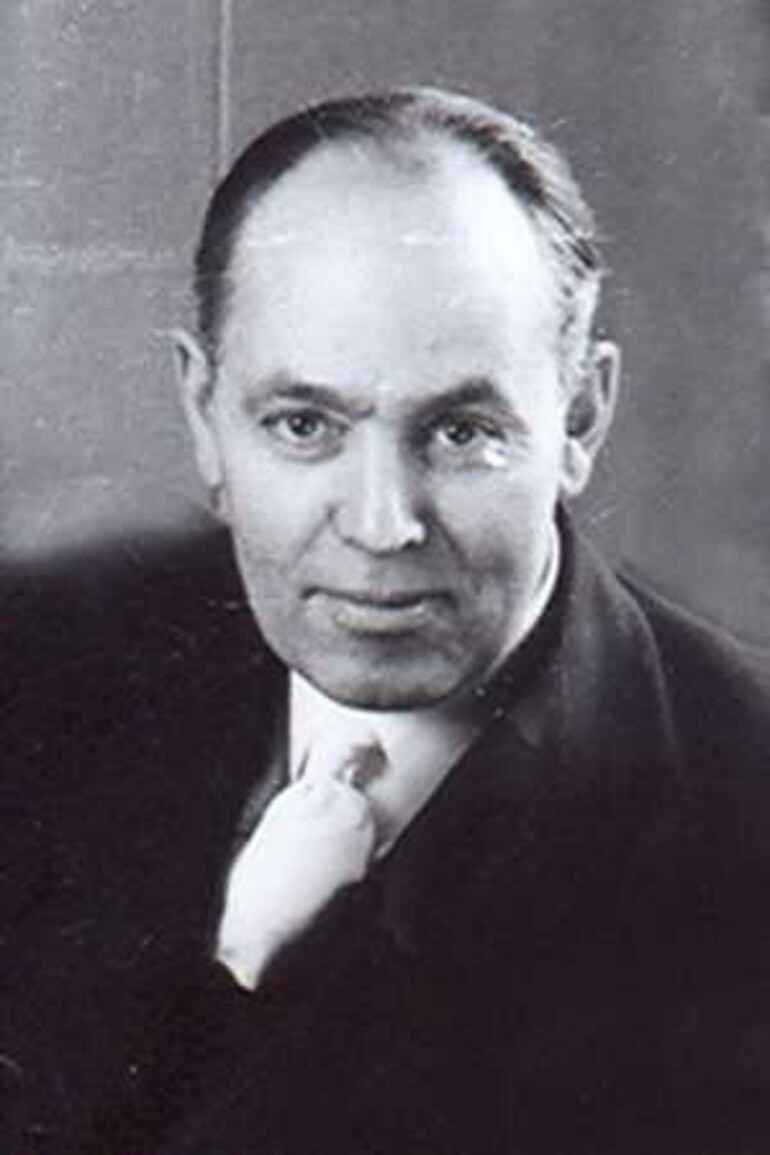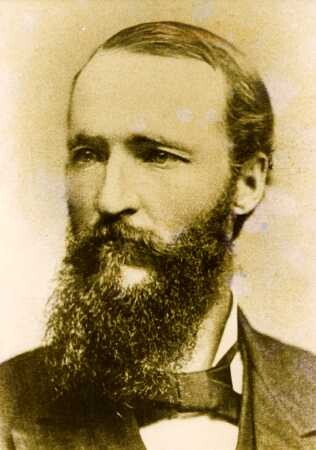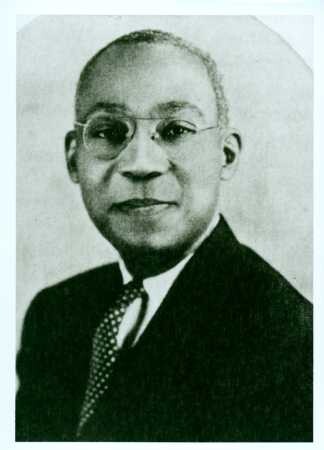Around the turn of the century, a number of Seventh-day Adventists traveled to Alaska to find wealth and adventure. Walter Sutherland, fourth president of Walla Walla College, along with Theodore Andrews, a teacher at the college, quit their jobs in 1900 and headed up north to the gold fields. Soon after arriving, Andrews drowned in a river and Sutherland returned home without ever finding any of the precious metal. About the same time Jasper N. Sylvester, a blacksmith and grandfather of H.M.S. Richards, also joined in the gold rush where he made more money shoeing horses than finding gold.
During the early decades of the 20th century a number of missionary ministers and literature evangelists made attempts to establish a presence for the denomination in Alaska, but they met with only minimal success. The challenges of reaching a small and isolated population spread over a large territory that is about one-fifth the size of the lower 48 states was overwhelming. By 1929, there were only 24 Seventh-day Adventists in all of Alaska. The only church building was in Ketchikan.
This same year the North Pacific Union Conference called Harold L. Wood to serve as superintendent of the Alaska Mission. He was a successful, Minnesota businessman who had entered the ministry about 10 years earlier. Prior to coming to Alaska, he had served for two years as president of the British Columbia Conference.
Several years before, the NPUC had purchased an old fishing boat named Dixie for the work in Alaska. The vessel was adequate for short runs around Ketchikan but needed substantial repairs to make it seaworthy enough to travel throughout southeastern Alaska. Wood realized that without the boat in proper condition, he would be unable to visit members and conduct evangelistic meetings in the region. So with no financial assistance available from the union or the few members in Alaska, Wood sold his two houses in Vancouver and Minnesota and donated the funds to repair Dixie, which he soon renamed Messenger.
The Messenger was a success. Wood was able to travel easily to both towns and logging camps throughout southeastern Alaska. As a result, the membership of the Alaska Mission increased to 91 members by 1933, when the first camp meeting took place in Ketchikan. Two years later, Mac Jackson, who had been the pastor of the Juneau Church, moved north and started churches in Anchorage and Palmer.
In 1934, an old Coast Guard patrol boat was purchased. The new vessel named Messenger II was 25 feet longer than the old boat and better able to handle the needs of the growing mission. In 1942, the U.S. Navy requisitioned the Messenger II for service in World War II. Twenty-eight years would go by before the mission would again purchase another boat, Messenger III, to provide ministerial transportation in southeastern Alaska. This time the skipper was Harold Dawson.
After losing the boat, the NPUC purchased a plane for the Alaska Mission. In the summer of 1944, Wood was flying to a logging camp not far from Ketchikan when he apparently had a heart attack and died in the crash. At the time the Alaska Mission had grown to seven organized churches, a number of companies and nearly 300 members.










